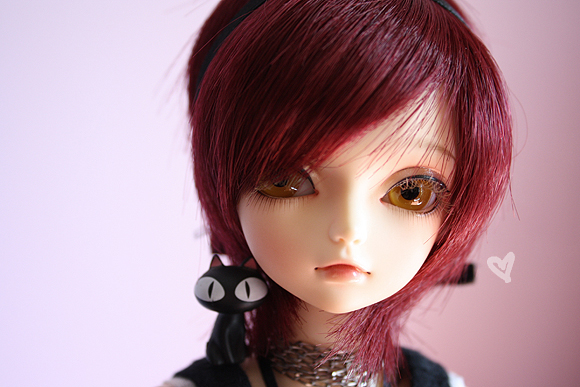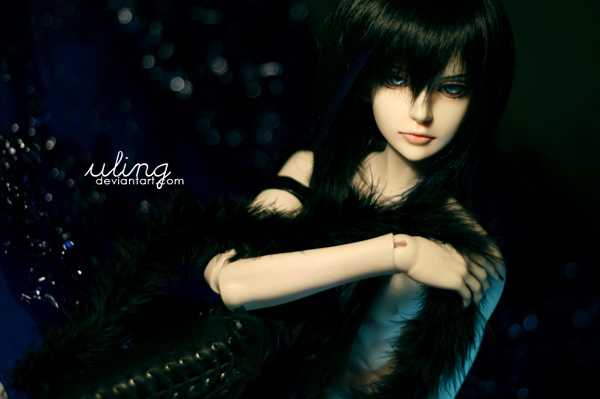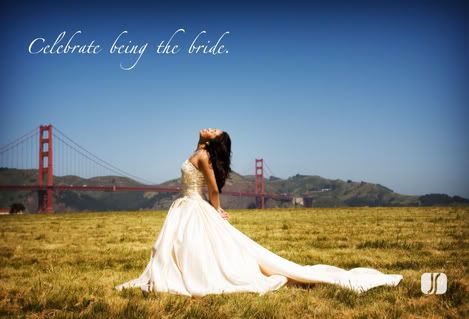Abstract Portraiture is a sub-category of portraiture where only part of the body is shown, or alternately, where the image is set up in order to create an atmosphere or emotion.
Traditional photo-portraiture attempts to capture a well-rendered image of a person. Abstract portraiture creates a mood and emotive response by using unusual lighting or photo-manipulation.
As modern culture has shifted towards original self-expression, more and more individuals are seeking abstract portraiture to better create a unique identity. Extreme examples of abstract portraiture can be so expressive that the original person is entirely lost in the artistic interpretation. The goal of abstract portraiture is to generate an emotive reaction, rather than a cognitive identity.
Environmental Portraiture
An environmental portrait is a portrait executed in the subject's usual environment, such as in their home or workplace, and typically illuminates the subject's life and surroundings. The term is most frequently used of a genre of photography.
By photographing a person in their natural surroundings, it is thought that you will be able to better illuminate their character, and therefore portray the essence of their personality, rather than merely a likeness of their physical features. It is also thought that by photographing a person in their natural surroundings, the subject will be more at ease, and so be more conducive to expressing themselves, as opposed to in a studio, which can be a rather intimidating and artificial experience.
The surroundings or background is a key element in environmental portraiture, and is used to convey further information about the person being photographed.
Where it is common, in studio portraiture and even in location candid photography, to shoot using a shallow depth of field, thereby throwing the background out of focus, in environmental portraiture the background is an integral part of the image. Indeed, smaller apertures and more depth of field is commonly used in this type of photography.
While it is often true that the background may dominate the subject, this need not necessarily be so. In fact, the details that convey the message from the surroundings can often be quite small, and still be significant.The key seems to be in the symbolism expressed by various elements in the background, for instance, a baseball cap may not tell you much about your subject (unless he or she is a baseball player), but a chef's hat gives you a lot more detail about who he is and what he does.
By Renee and Z













 A new trend in fashion photography that has developed over the last year, is the use of various hues in the image. Some images include added hues in the background only and others include the model and background as pictured right by photographer Matt Sundin (Based in New York). It looks like Matt Sundin aims to achieve this in-camera (i'm assuming using gels over flash lights or is there another way?) giving a more richer moodier feeling where as other photographers like duo photographers Sofia Sanchez and Mauro Mongiello (From Argentina based in Paris), add the hues in post production using layers and filters.
A new trend in fashion photography that has developed over the last year, is the use of various hues in the image. Some images include added hues in the background only and others include the model and background as pictured right by photographer Matt Sundin (Based in New York). It looks like Matt Sundin aims to achieve this in-camera (i'm assuming using gels over flash lights or is there another way?) giving a more richer moodier feeling where as other photographers like duo photographers Sofia Sanchez and Mauro Mongiello (From Argentina based in Paris), add the hues in post production using layers and filters.






